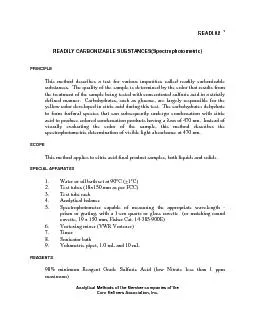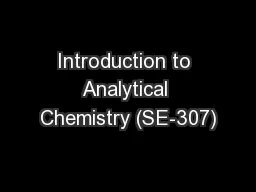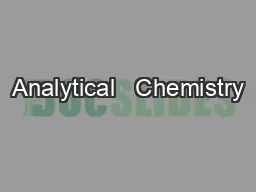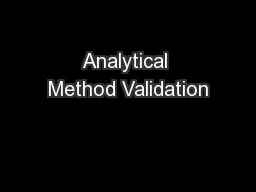PDF-READI.02 Analytical Methods of the Member companies of the Corn Refin
Author : natalia-silvester | Published Date : 2017-11-23
C 2Test tubes 18x150 mm as per FCC 3Test tube rack 4Analytical balance 5Spectrophotometer capable of measuring the appropriate wavelength prism or grating with
Presentation Embed Code
Download Presentation
Download Presentation The PPT/PDF document "READI.02 Analytical Methods of the Memb..." is the property of its rightful owner. Permission is granted to download and print the materials on this website for personal, non-commercial use only, and to display it on your personal computer provided you do not modify the materials and that you retain all copyright notices contained in the materials. By downloading content from our website, you accept the terms of this agreement.
READI.02 Analytical Methods of the Member companies of the Corn Refin: Transcript
Download Rules Of Document
"READI.02 Analytical Methods of the Member companies of the Corn Refin"The content belongs to its owner. You may download and print it for personal use, without modification, and keep all copyright notices. By downloading, you agree to these terms.
Related Documents














